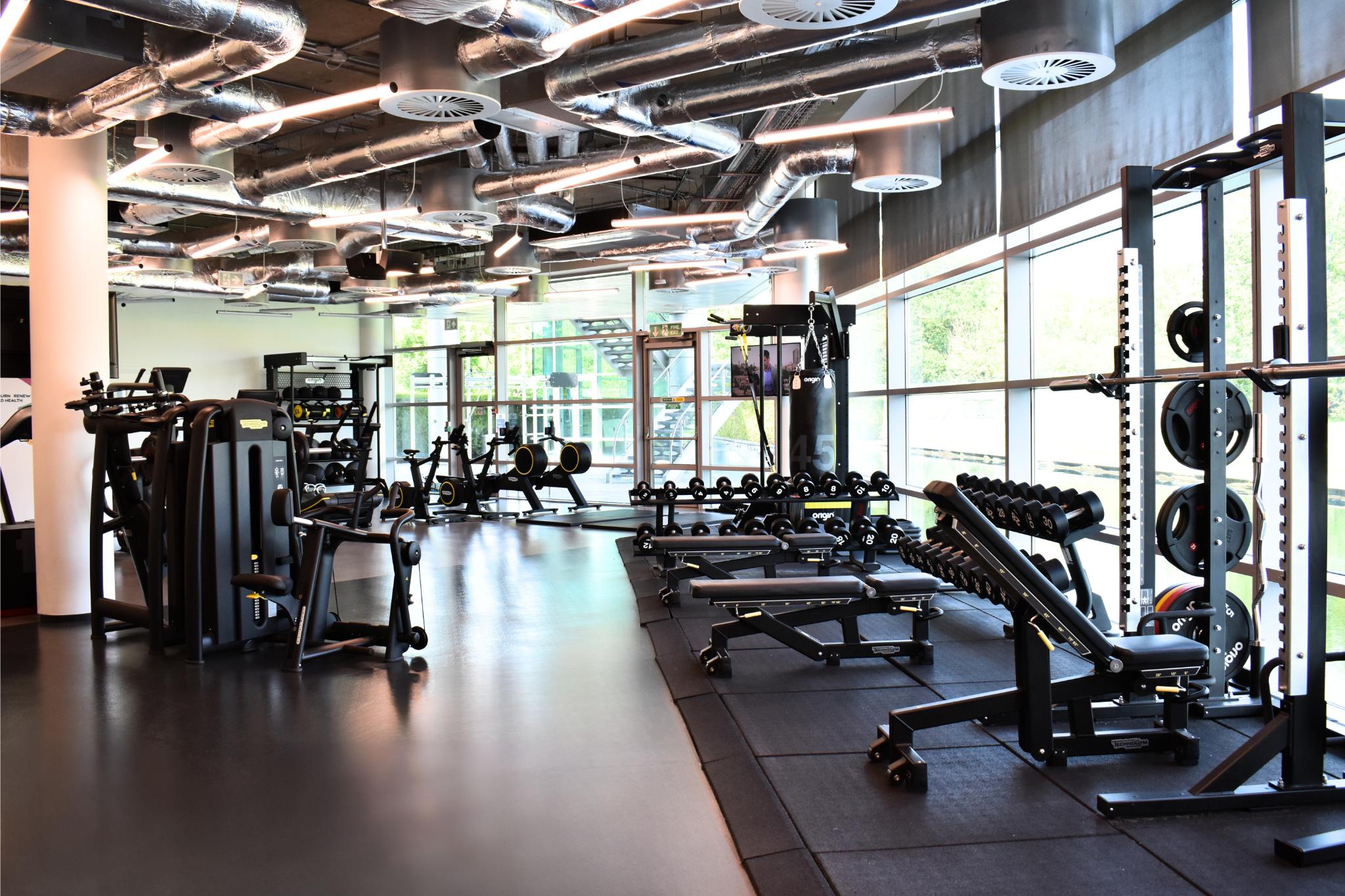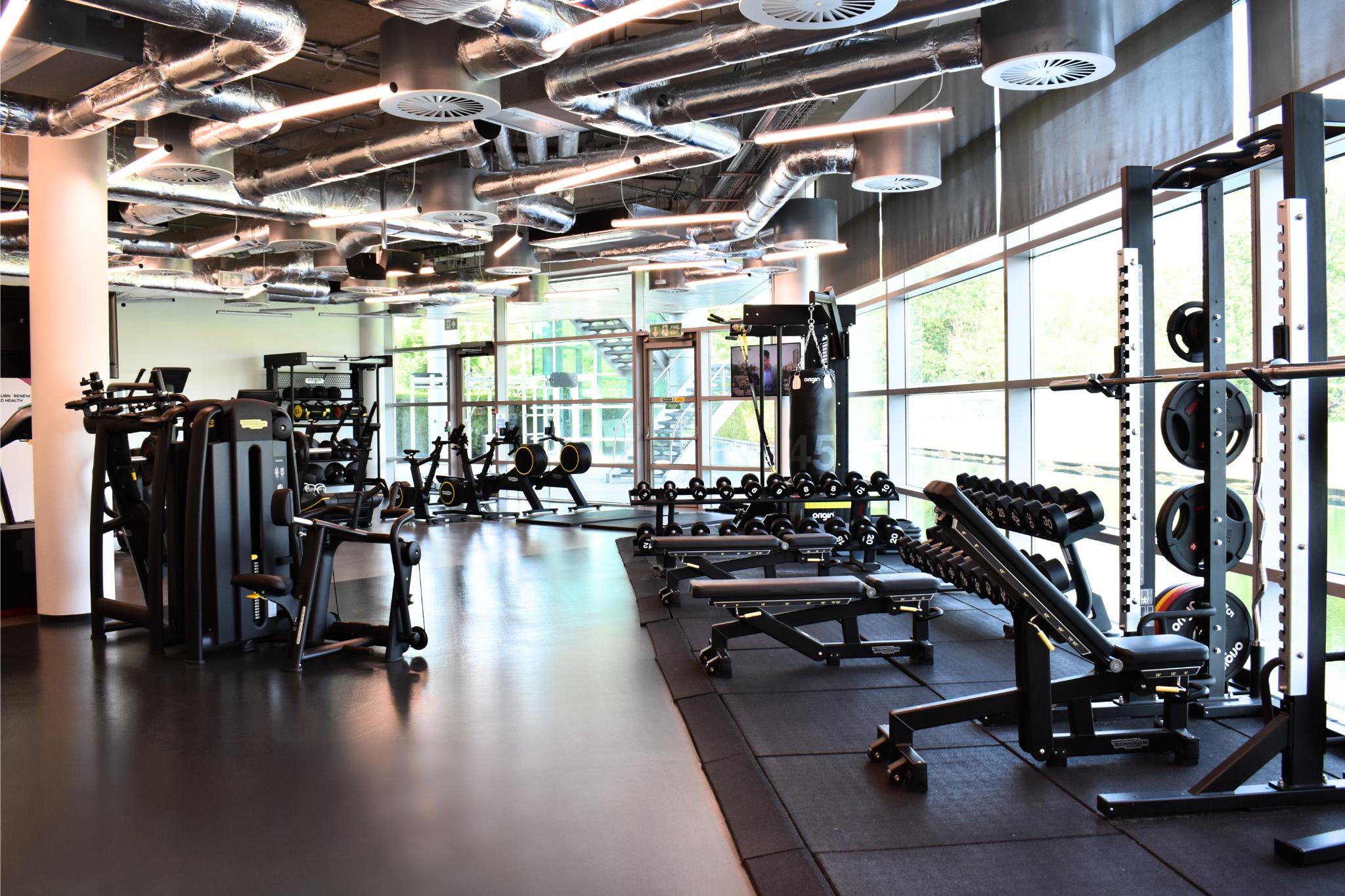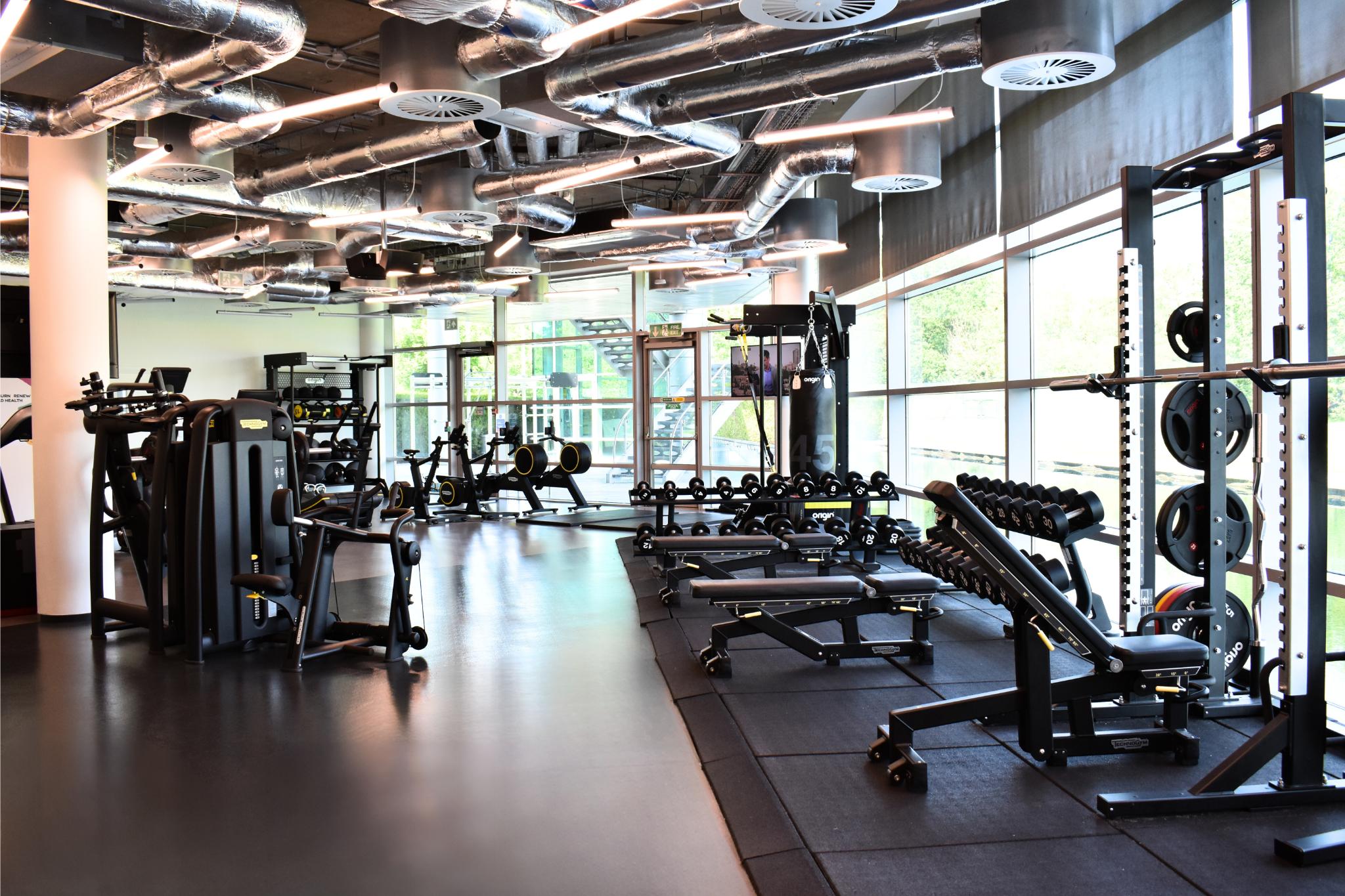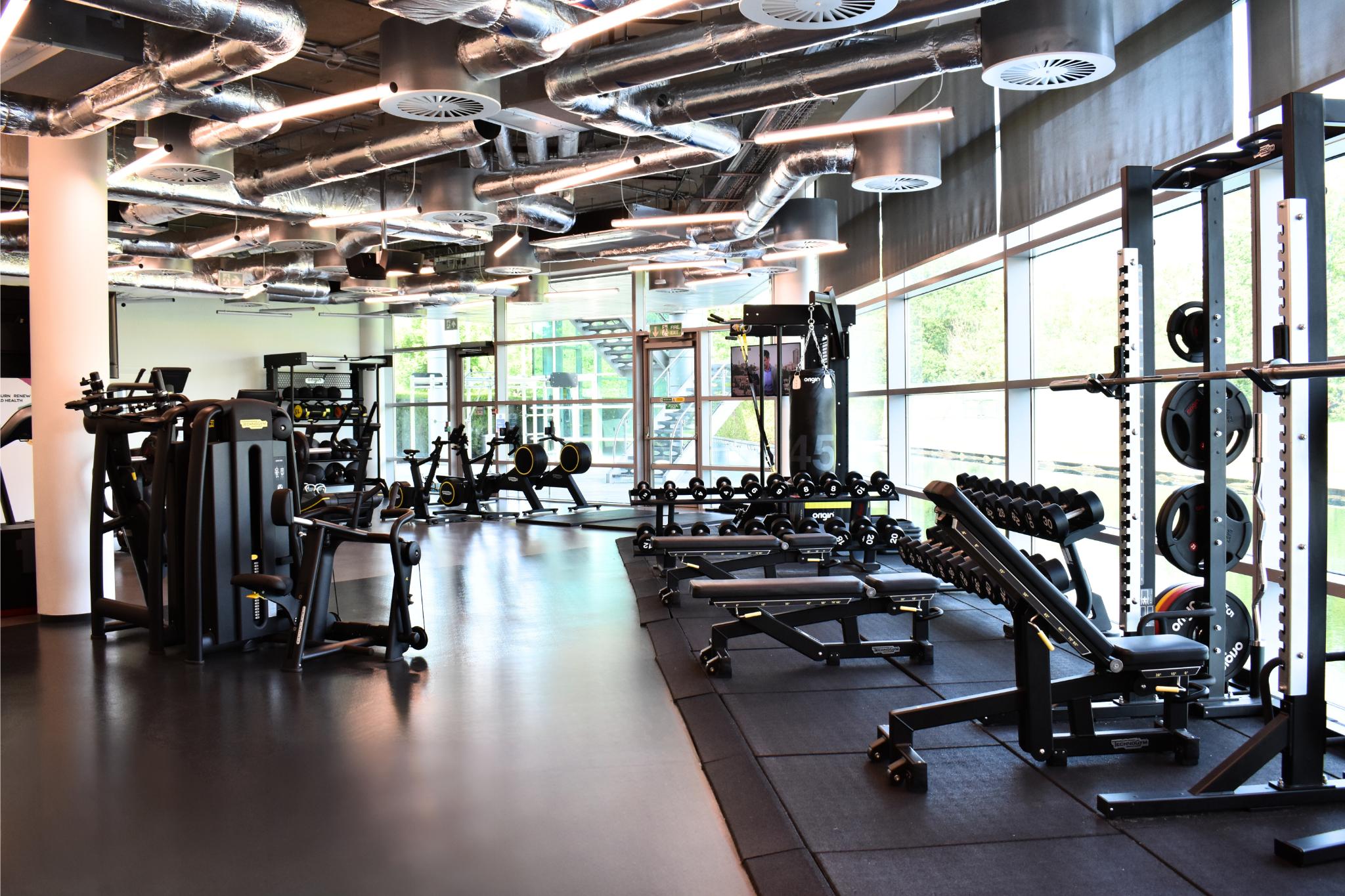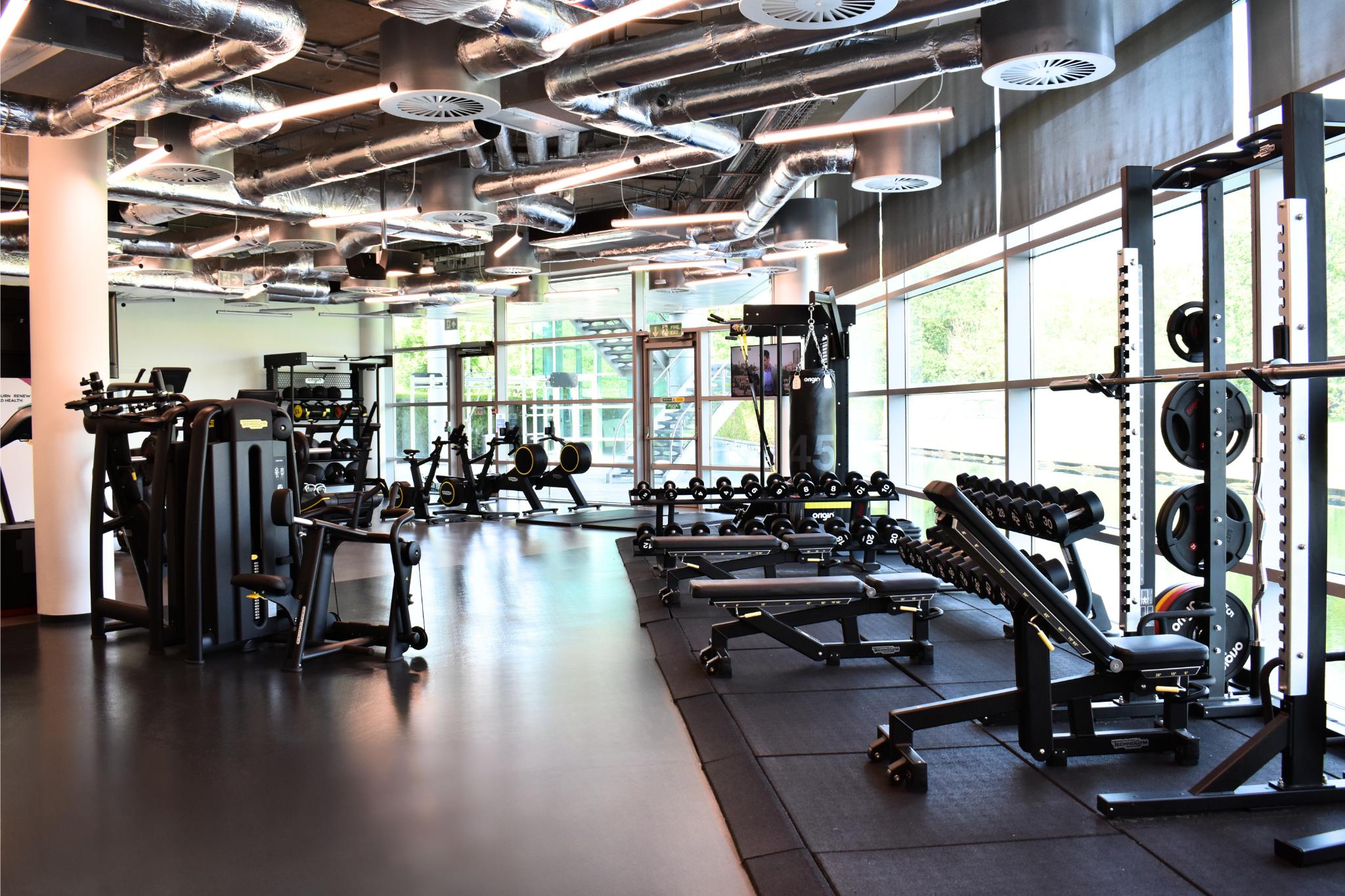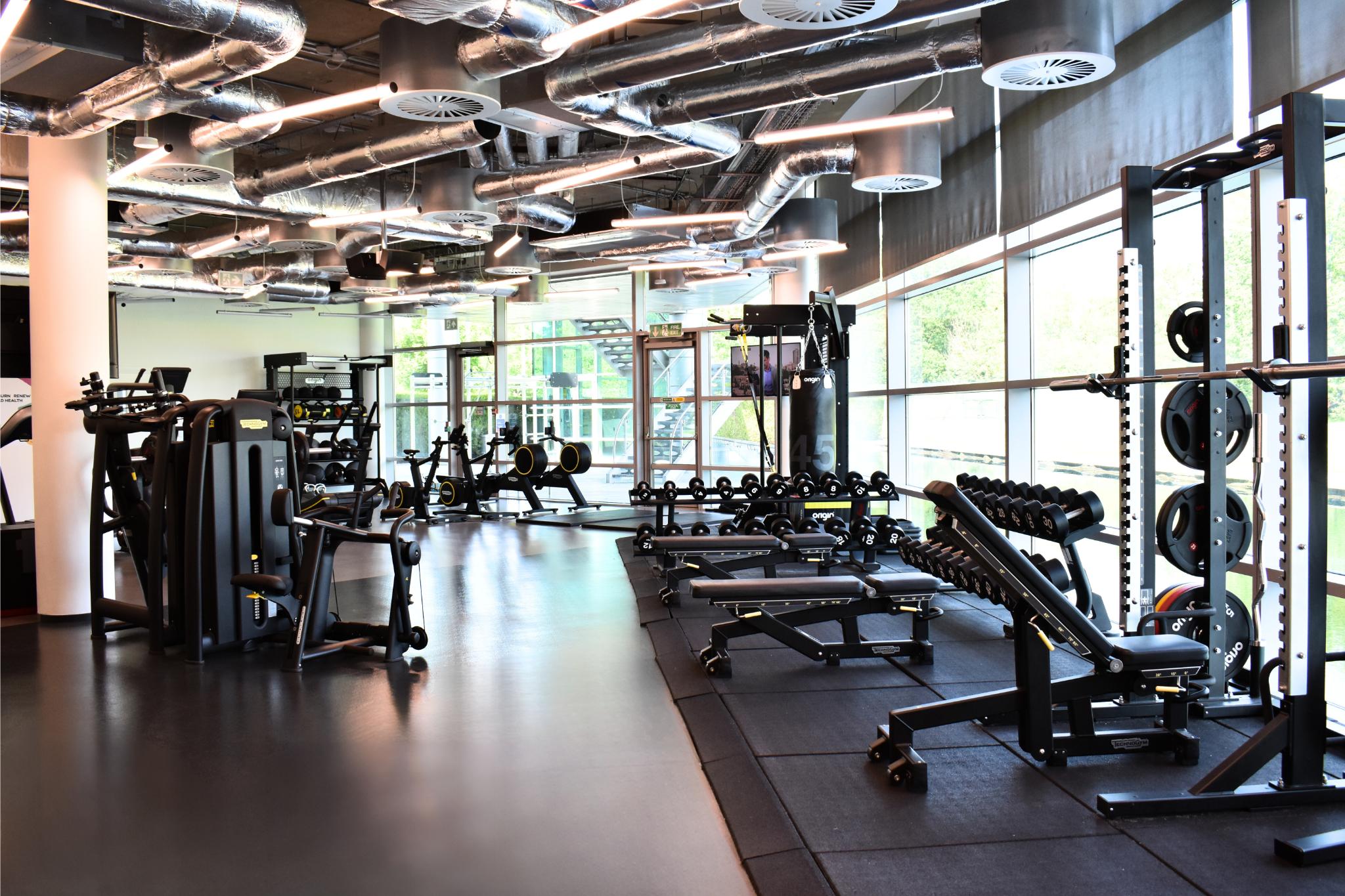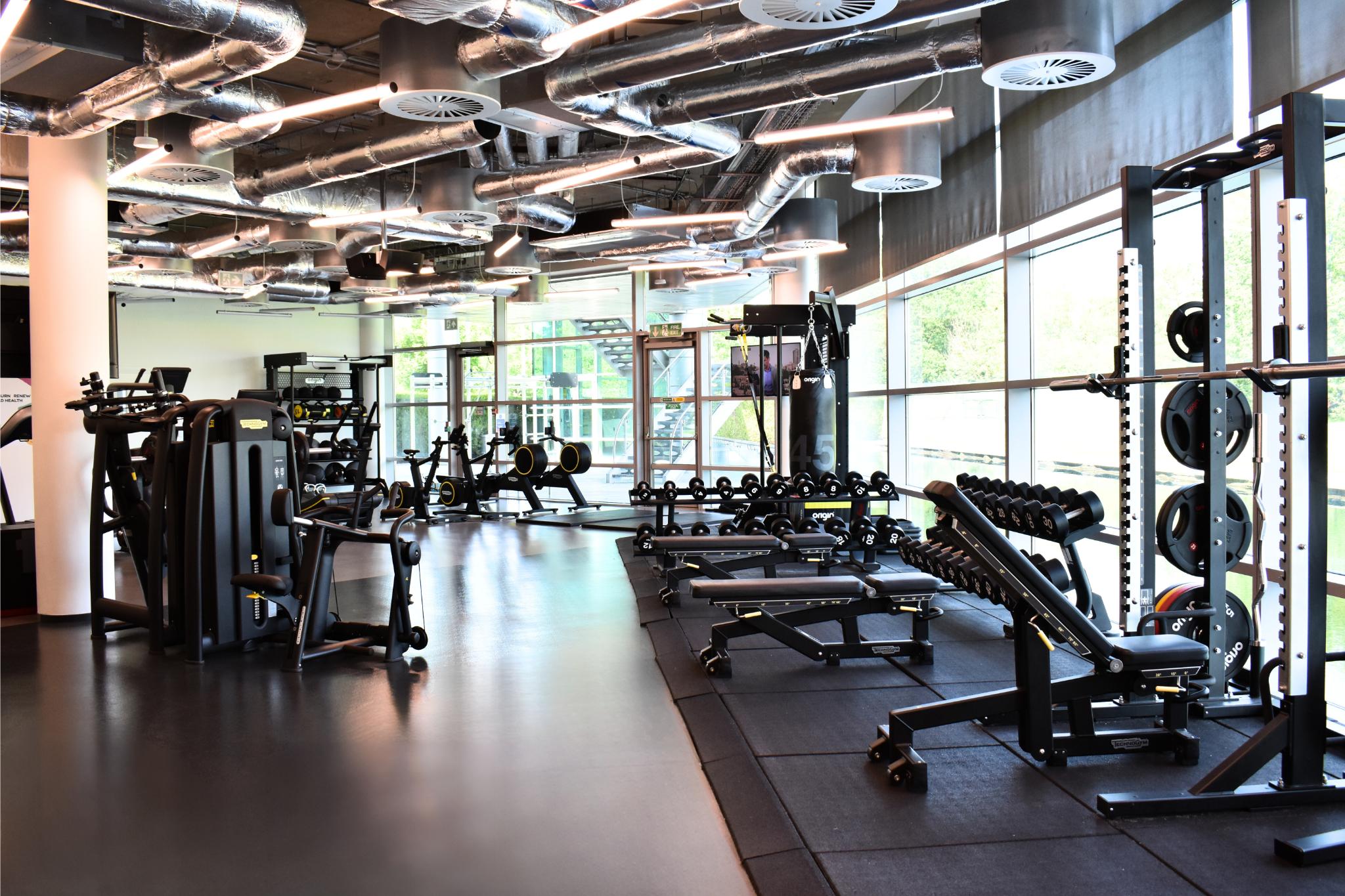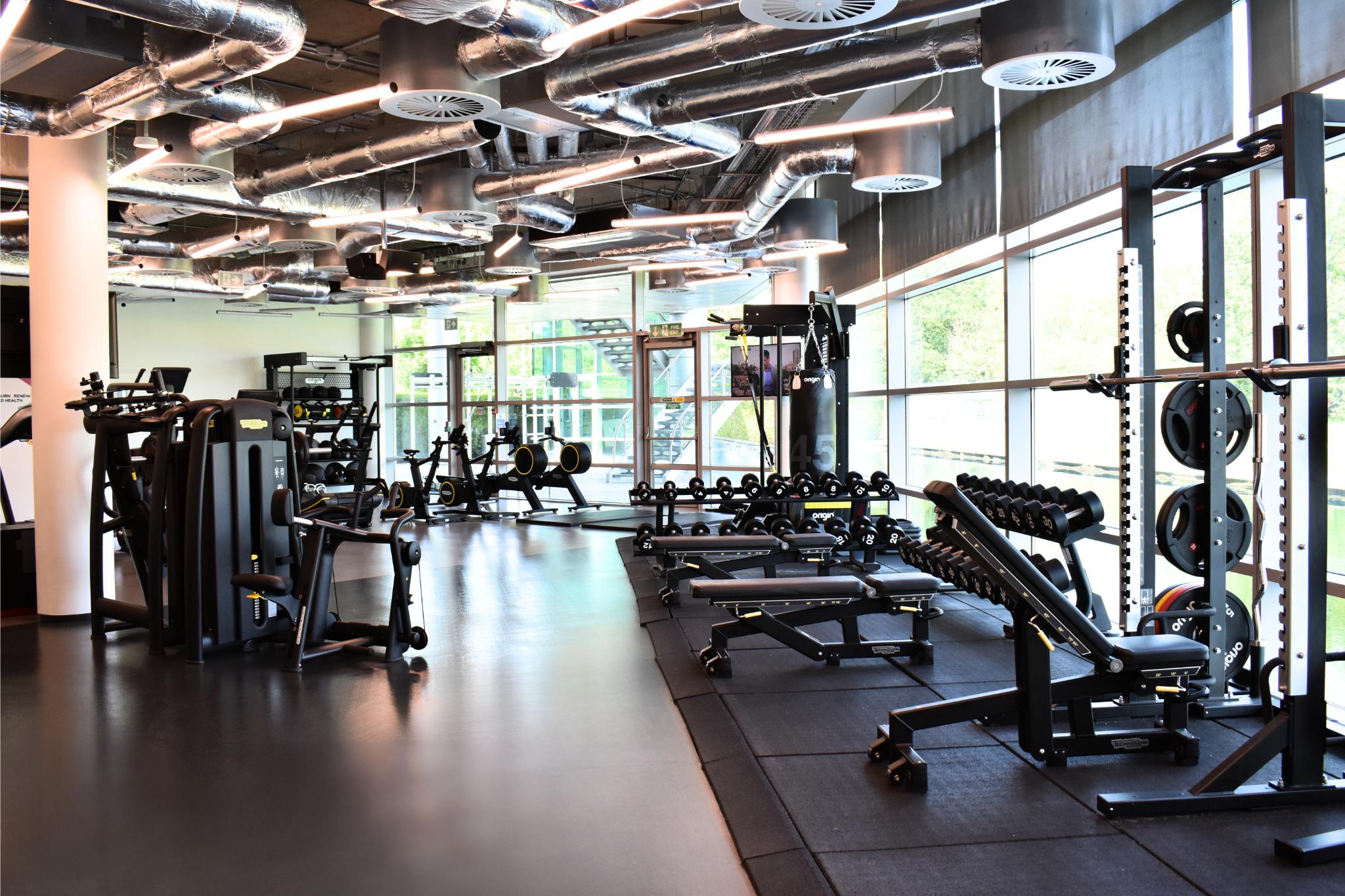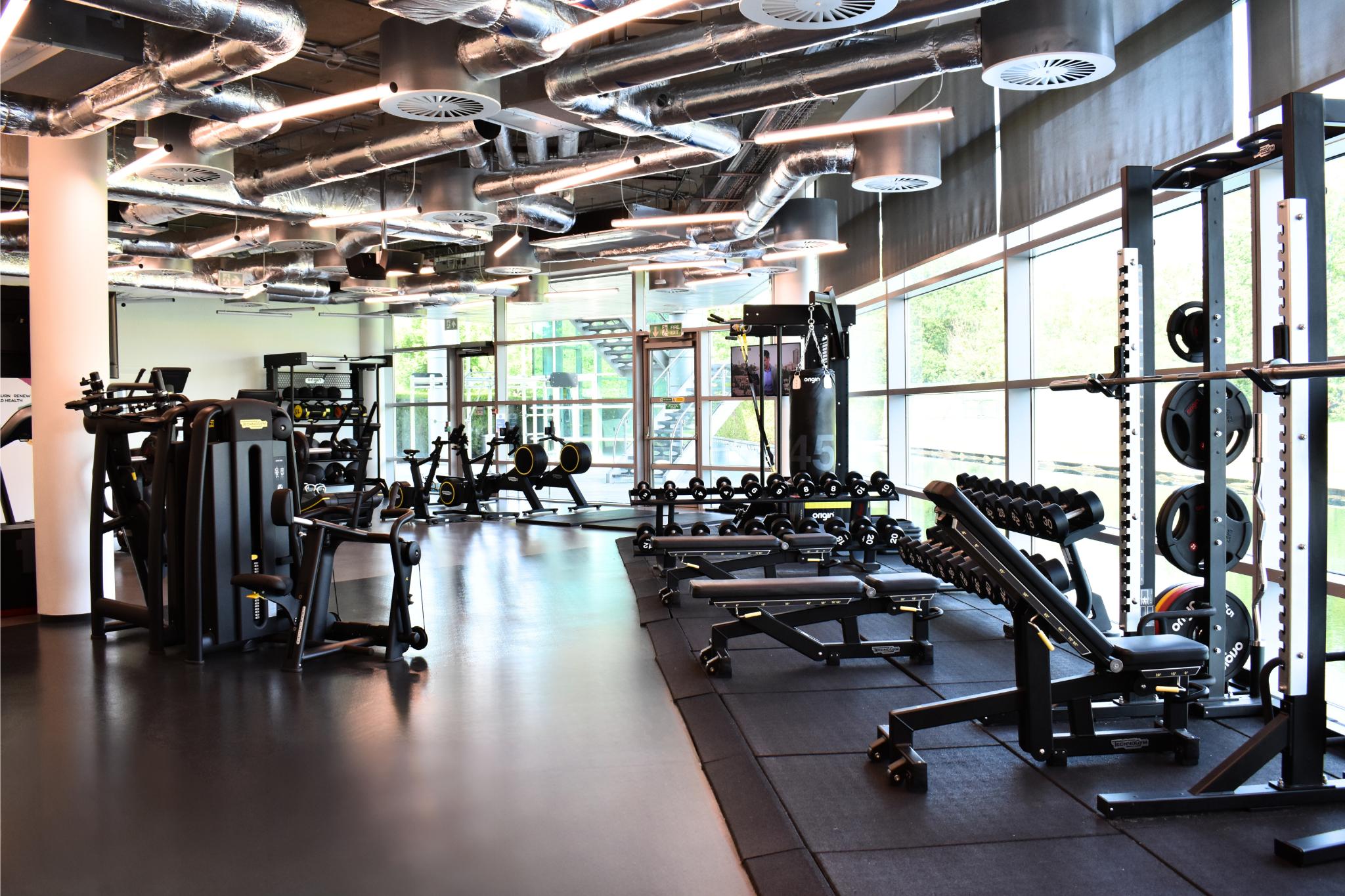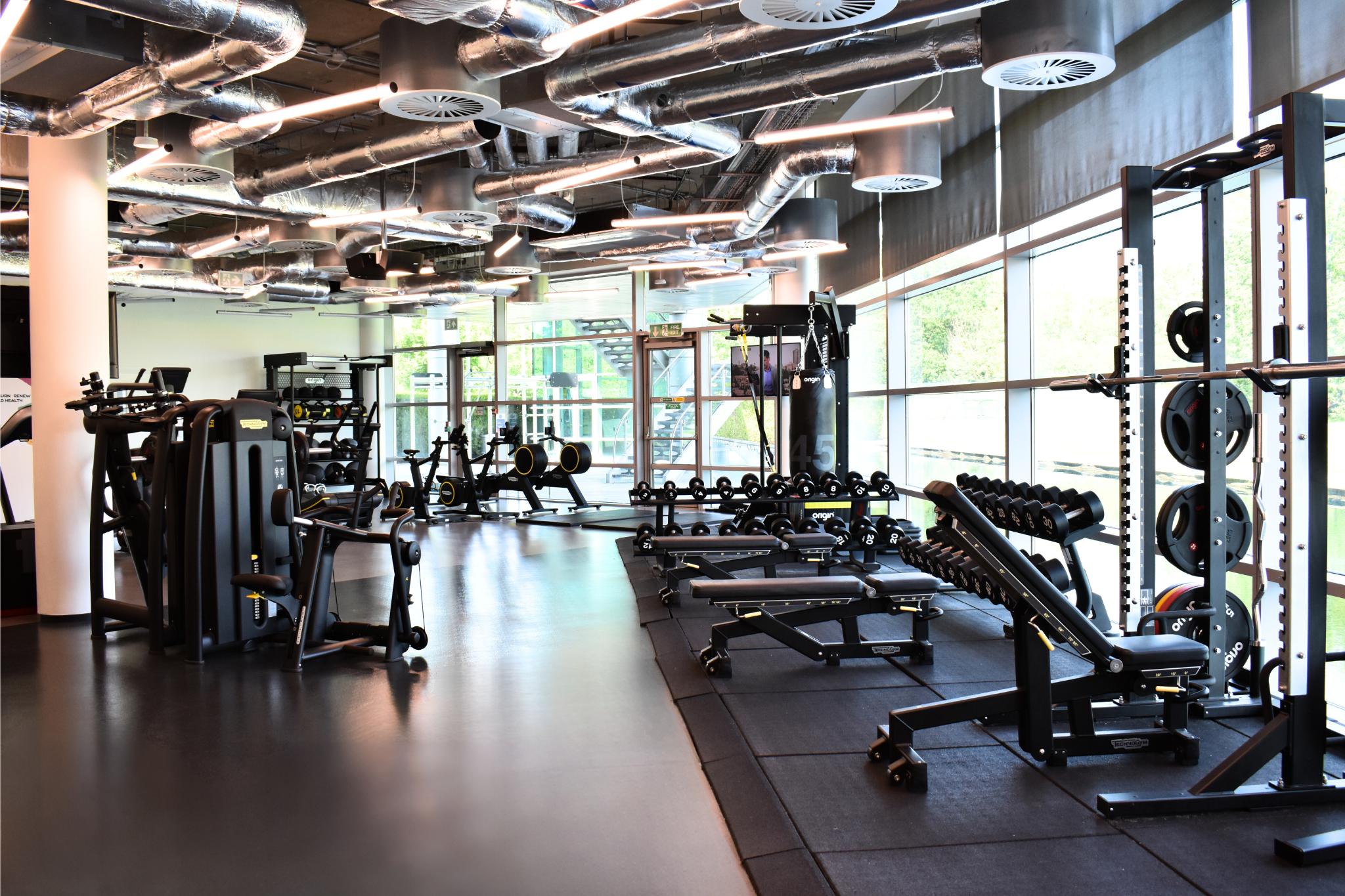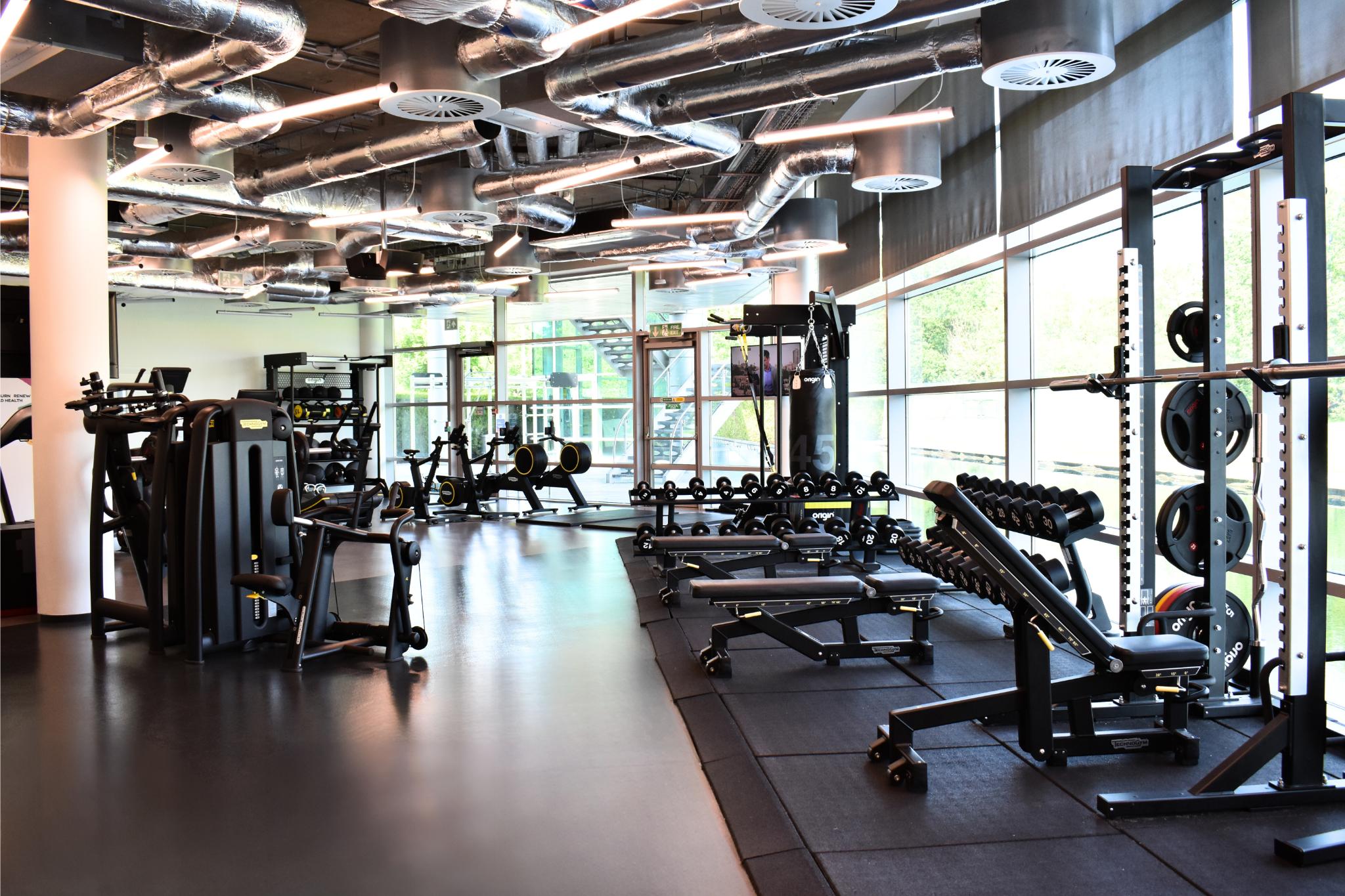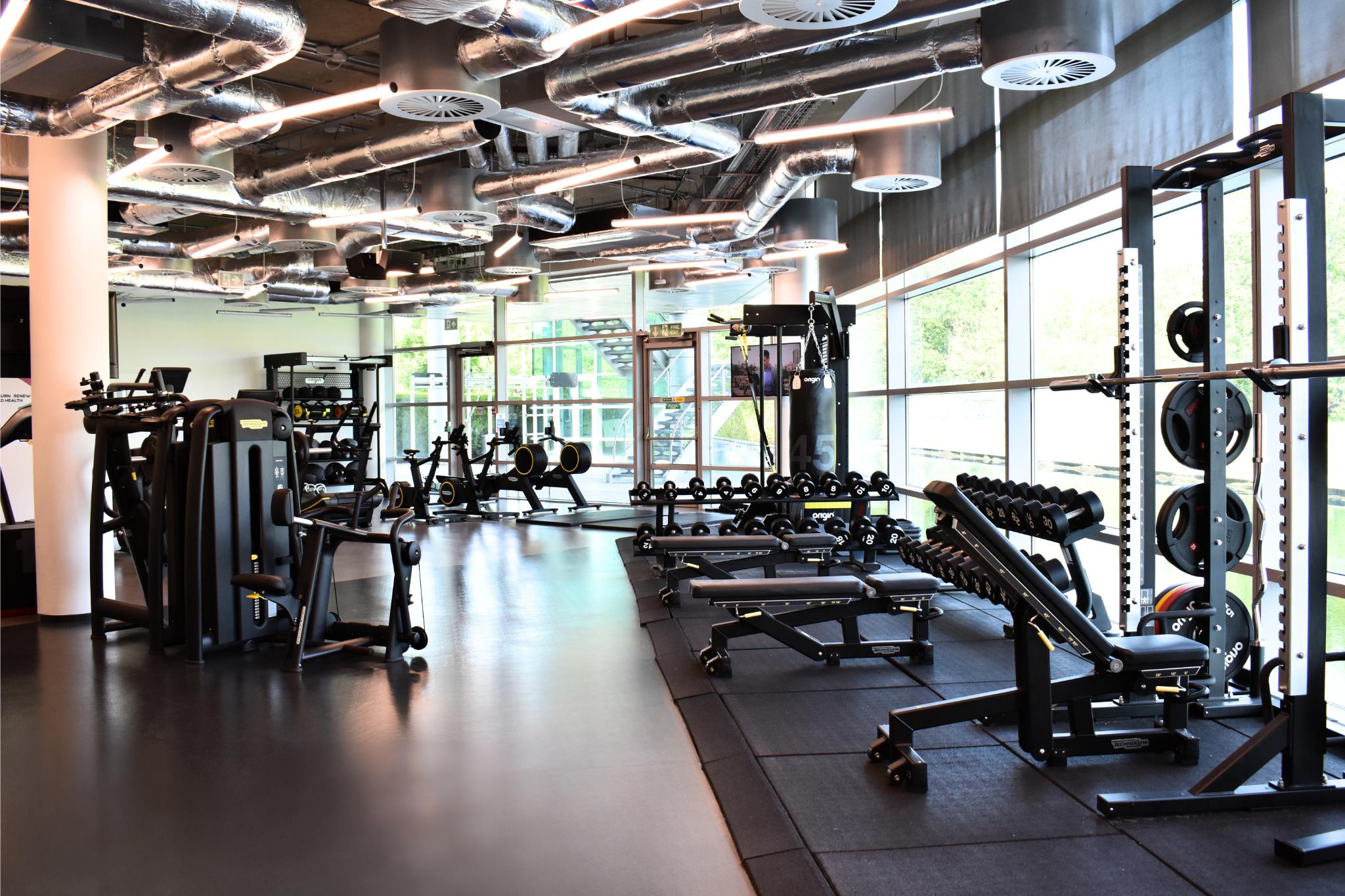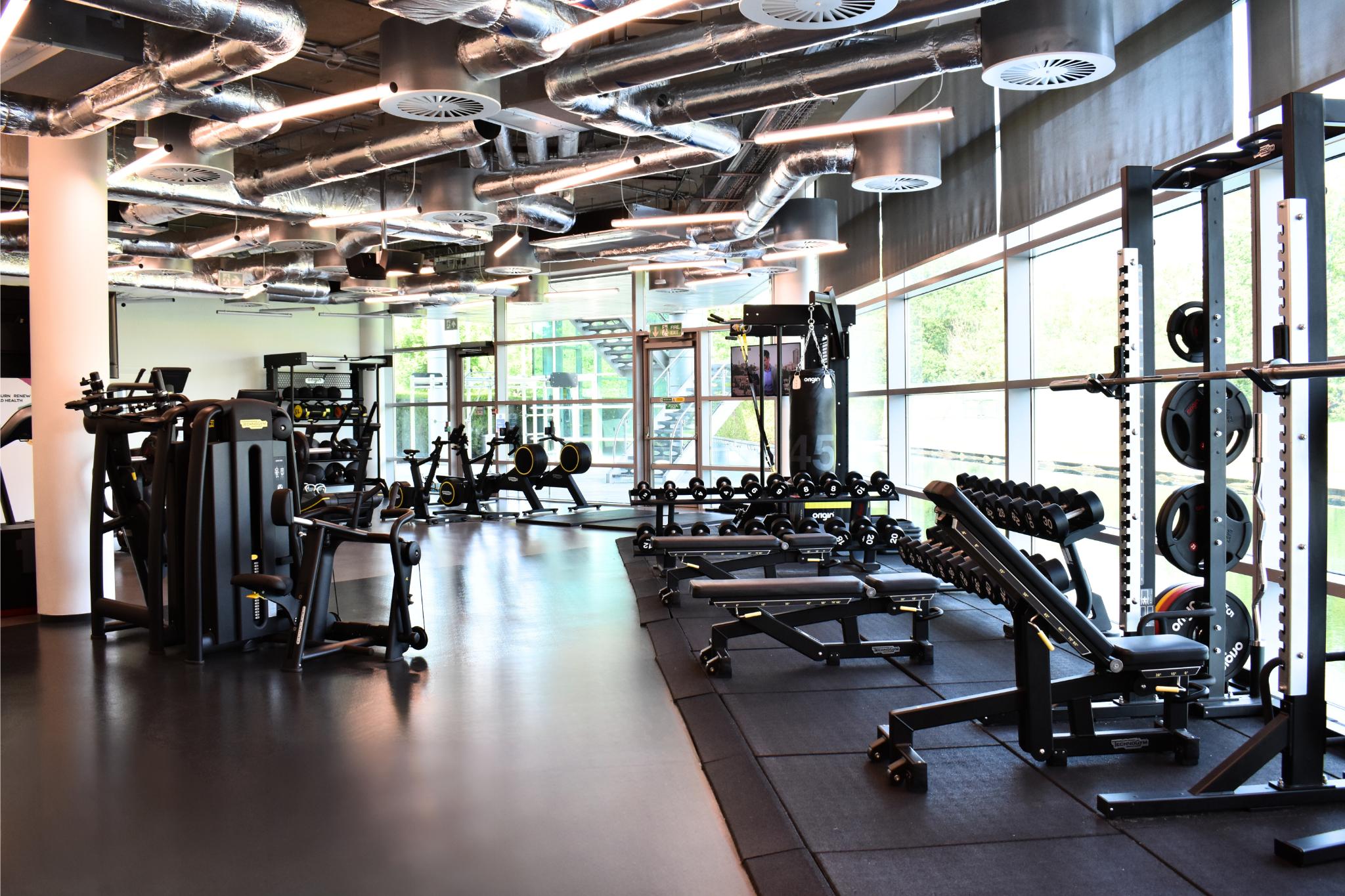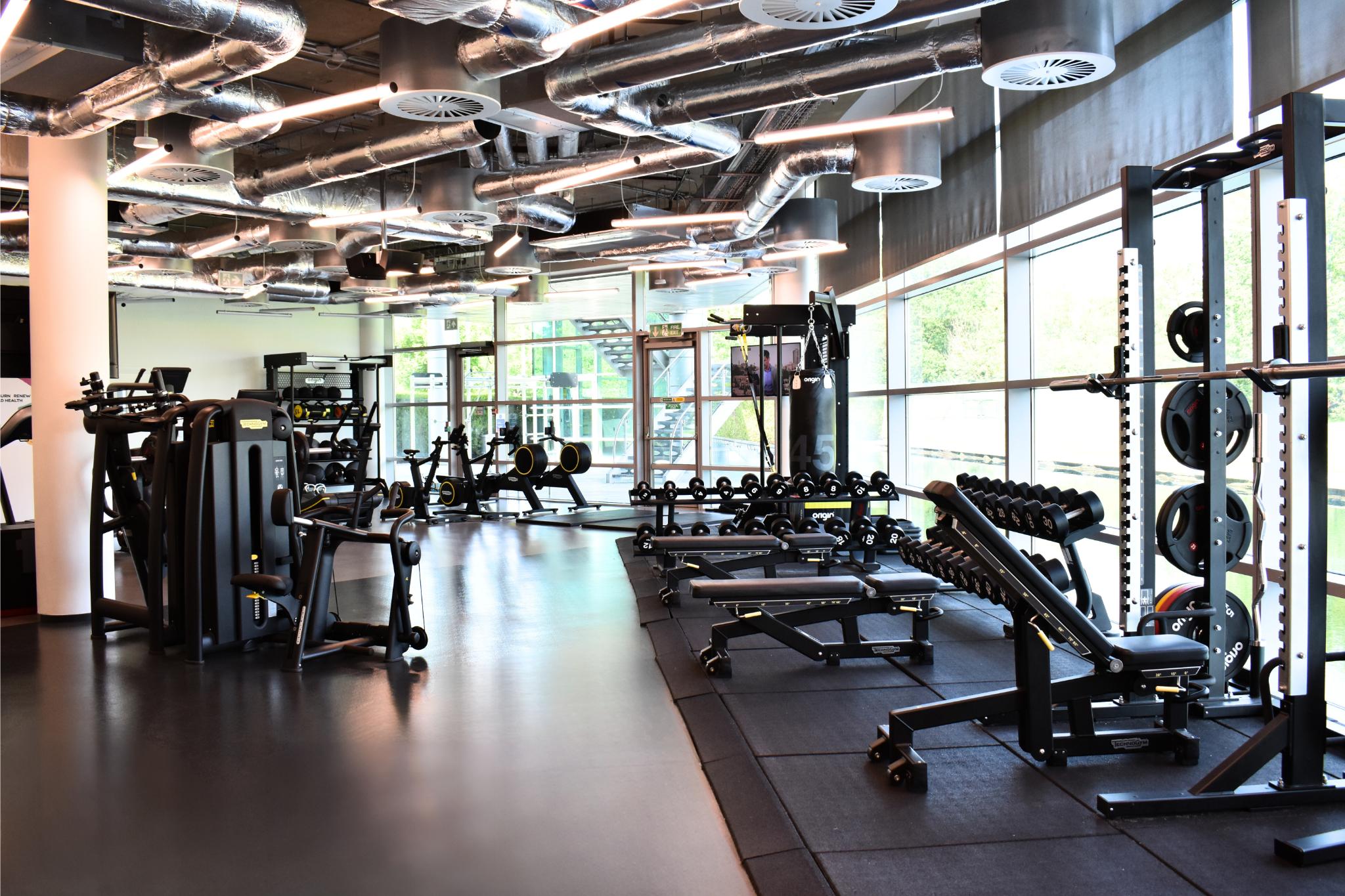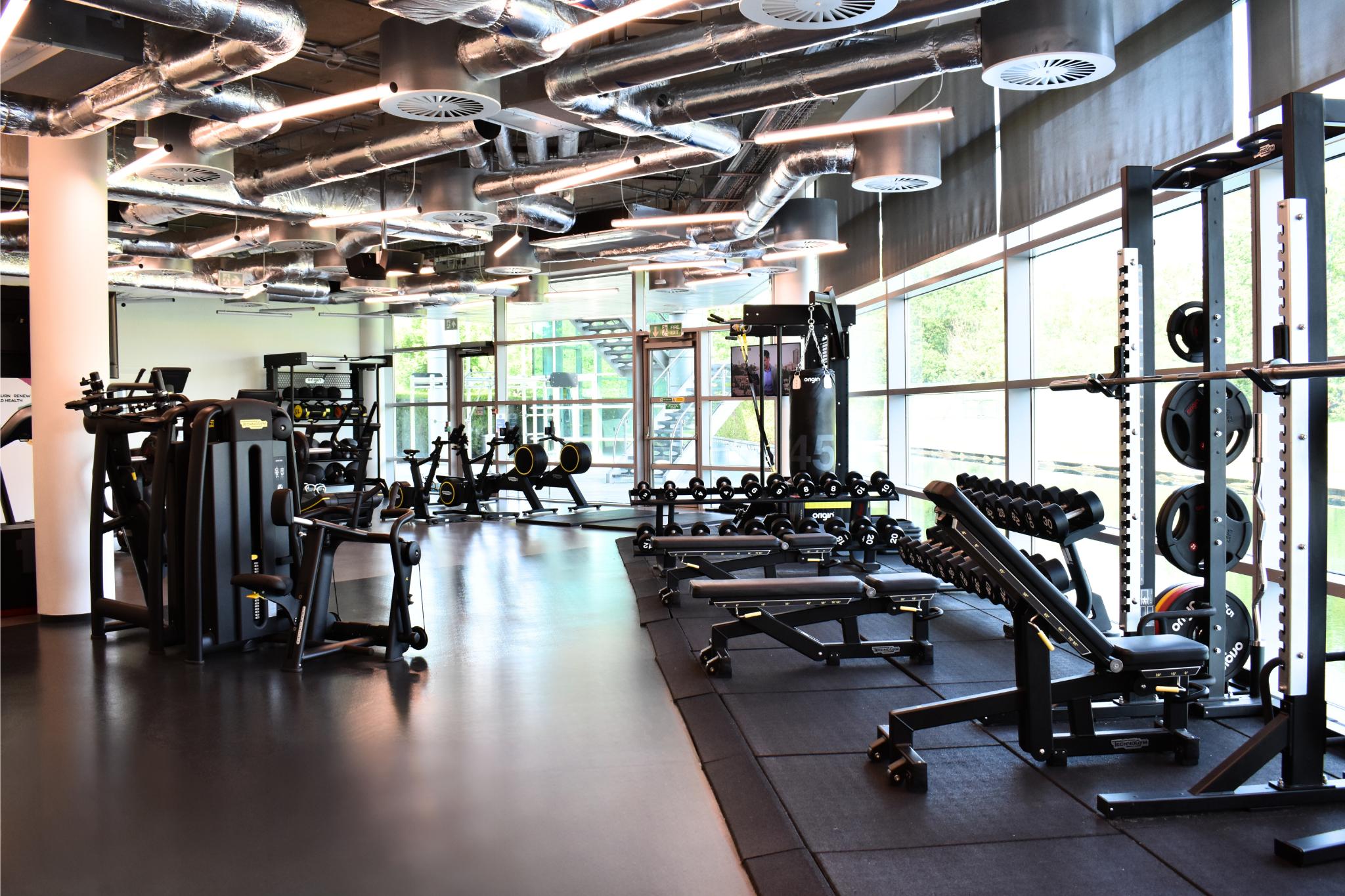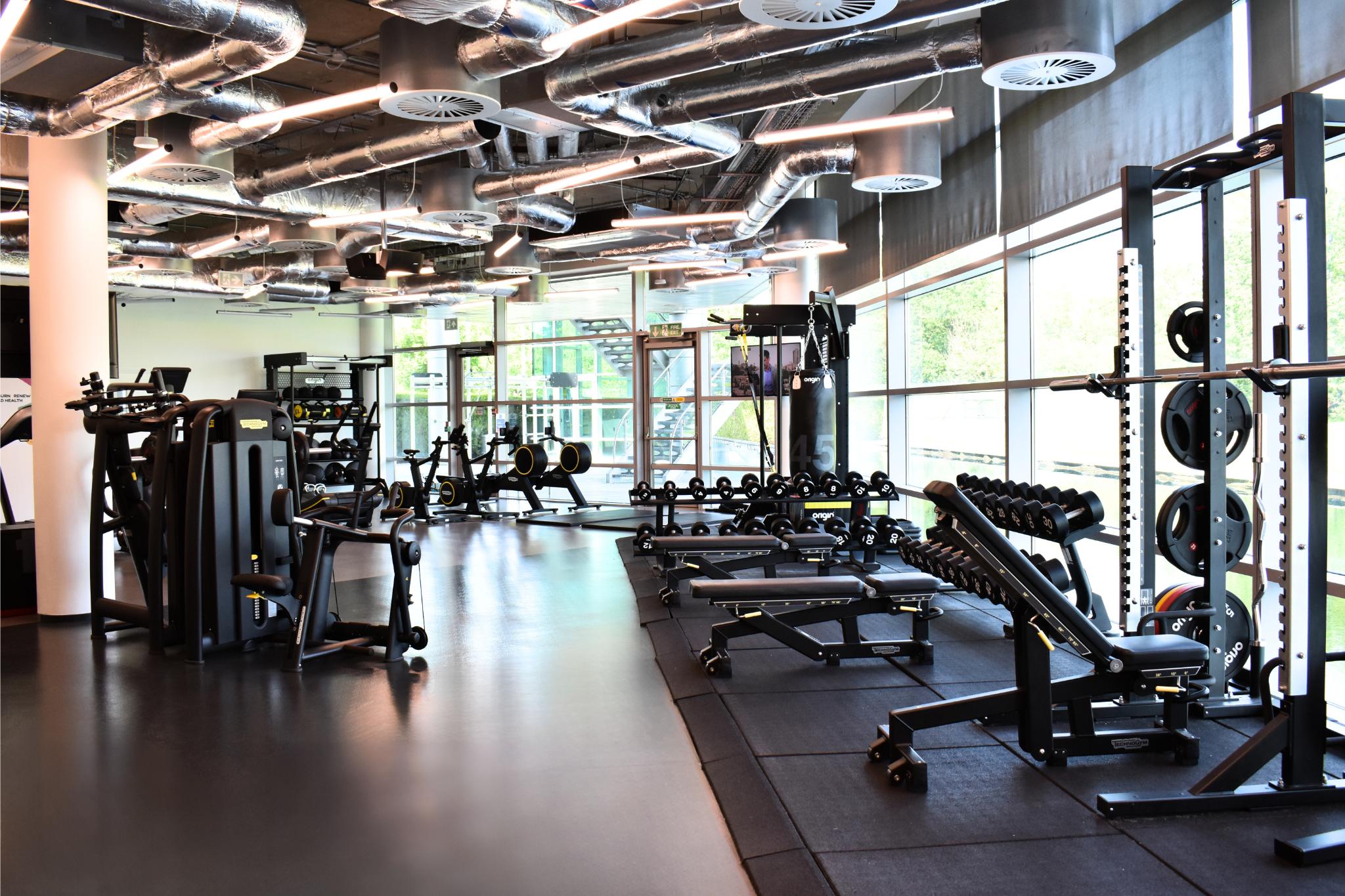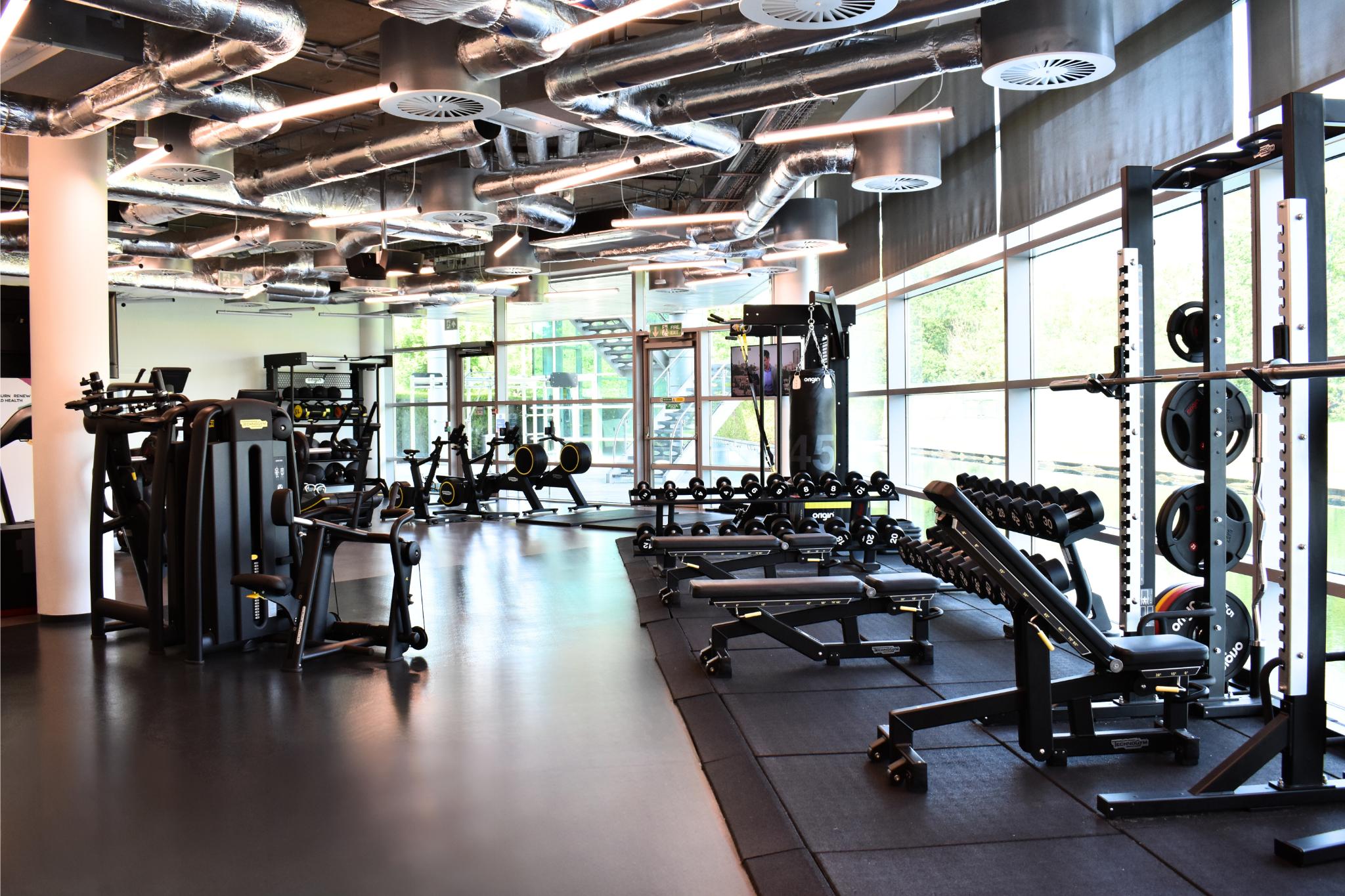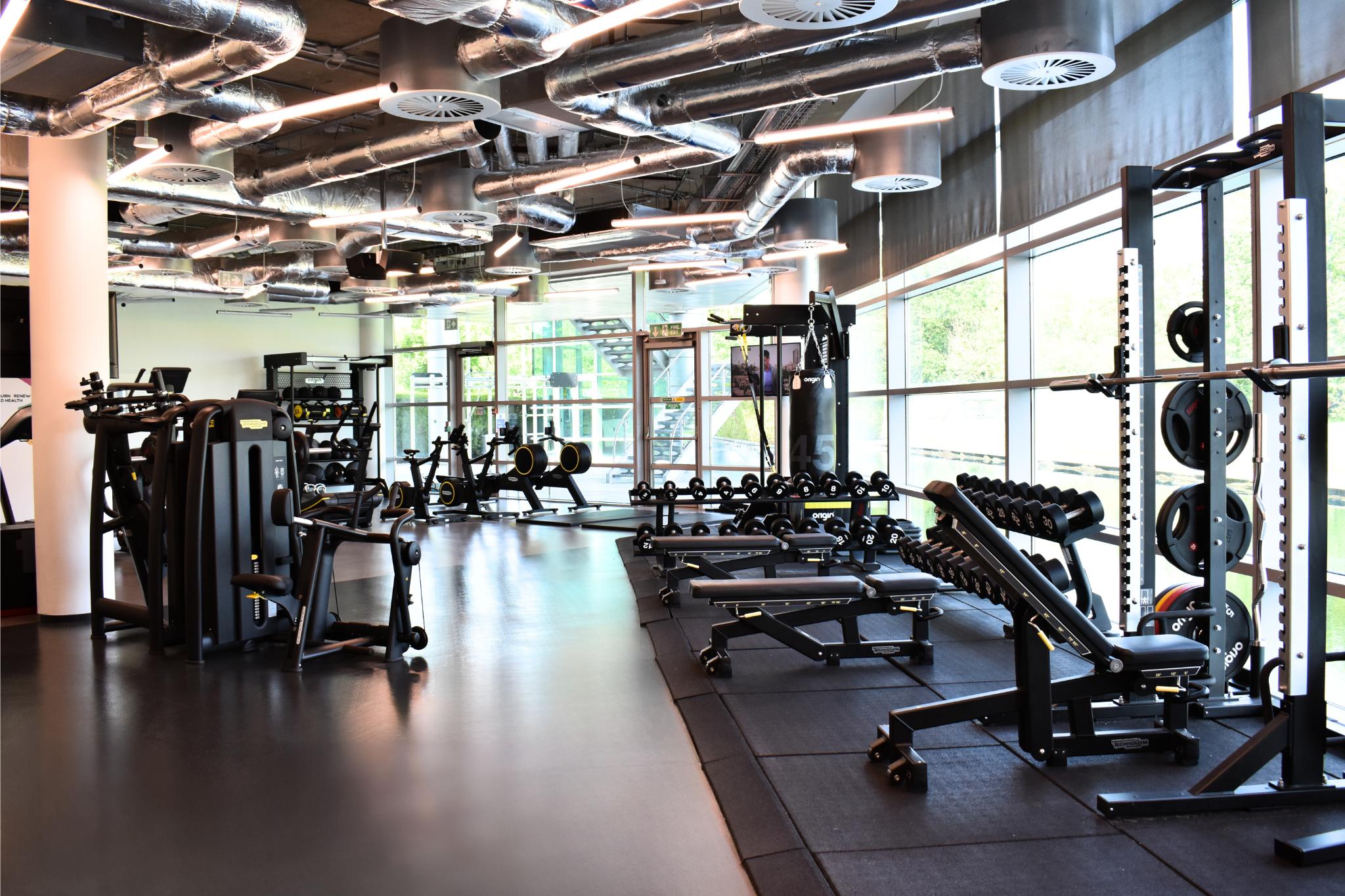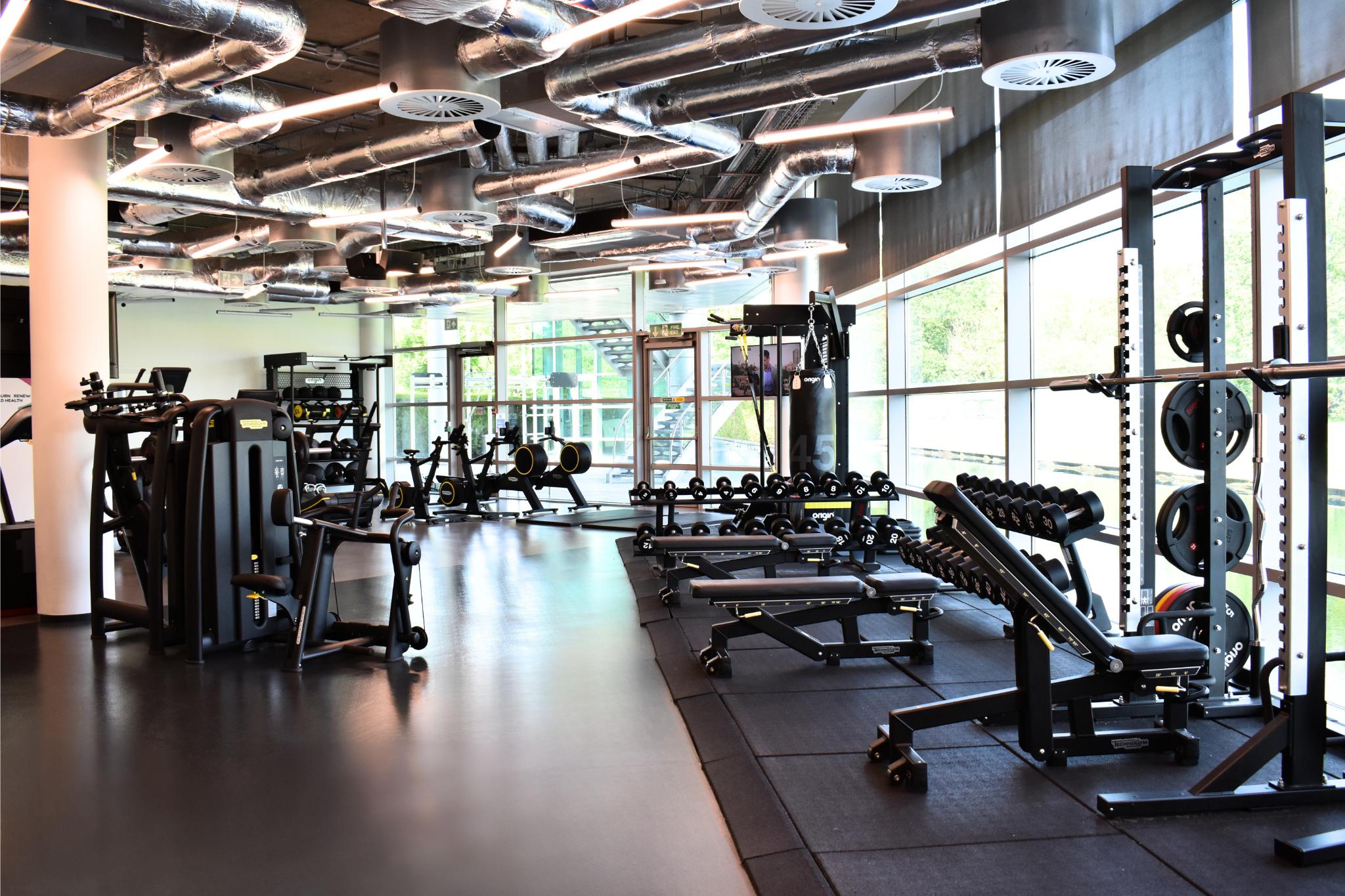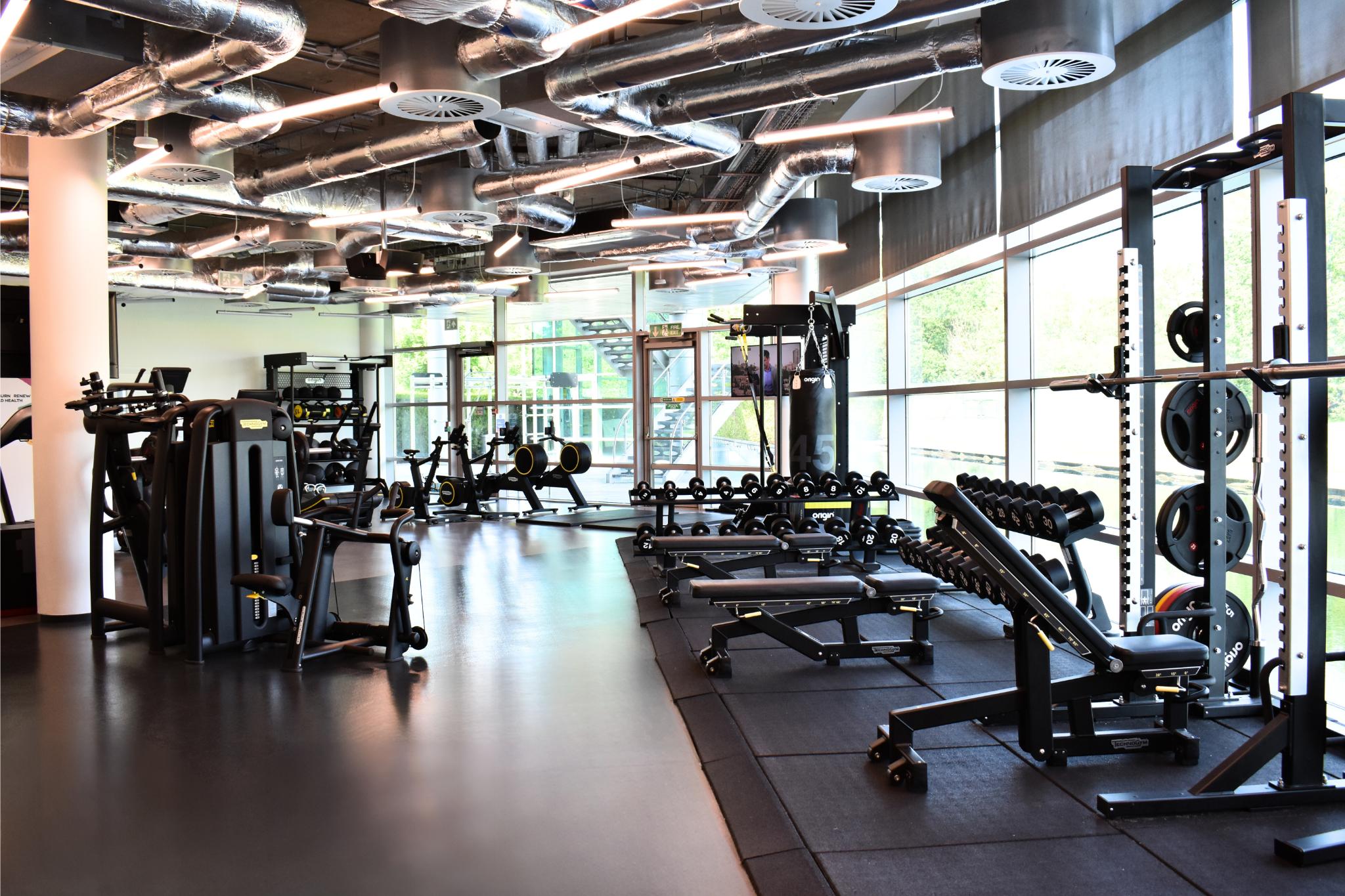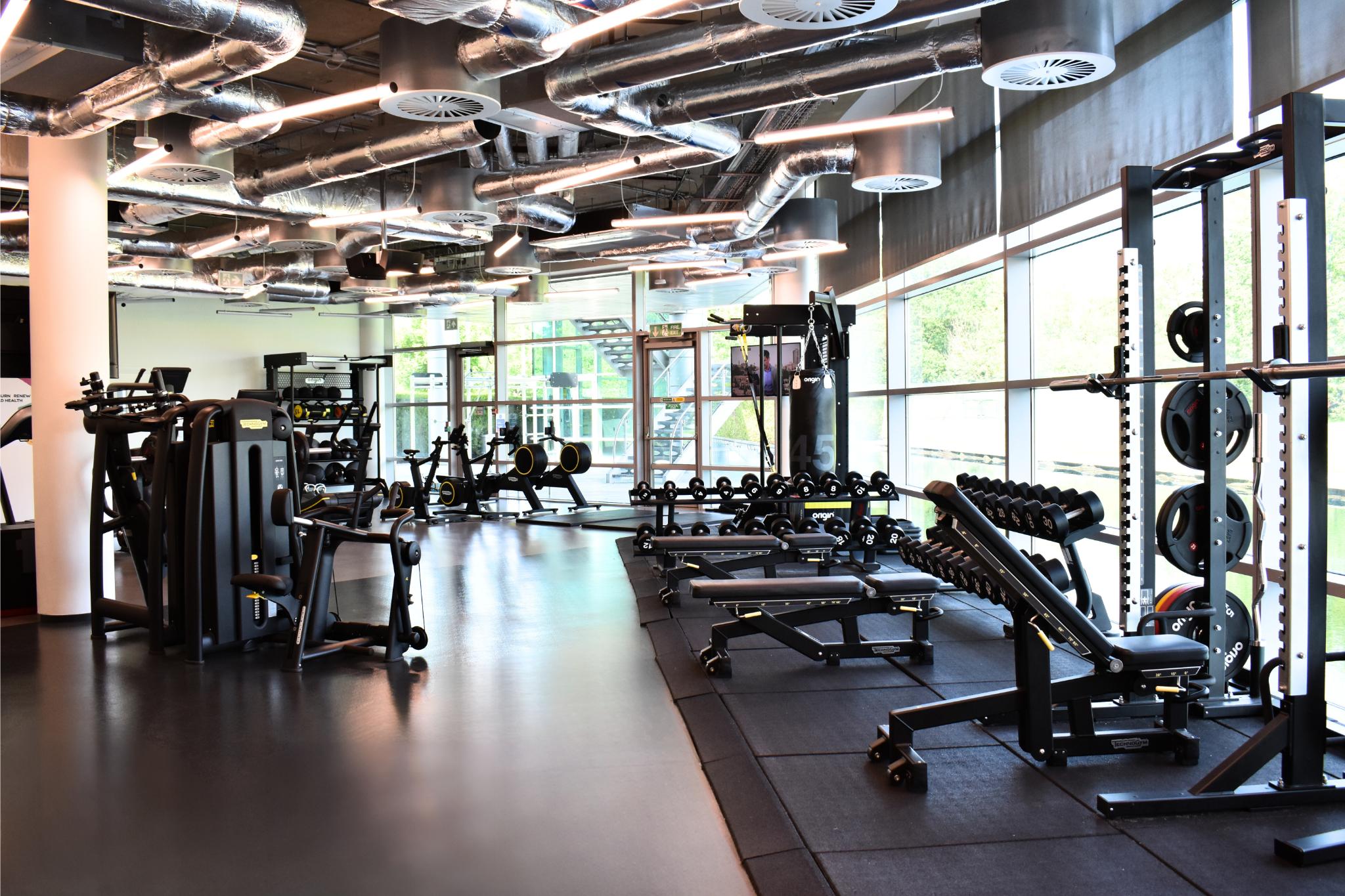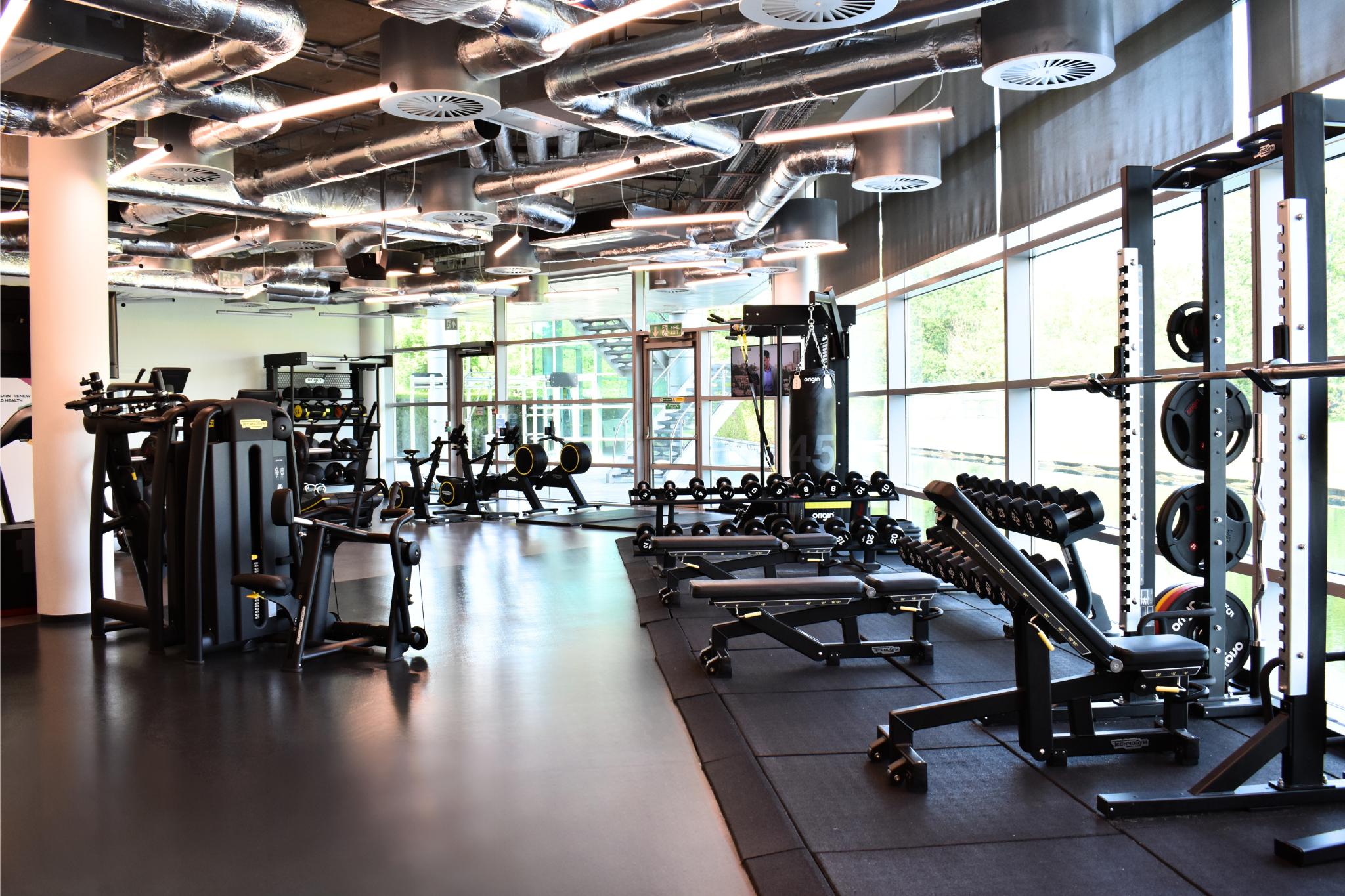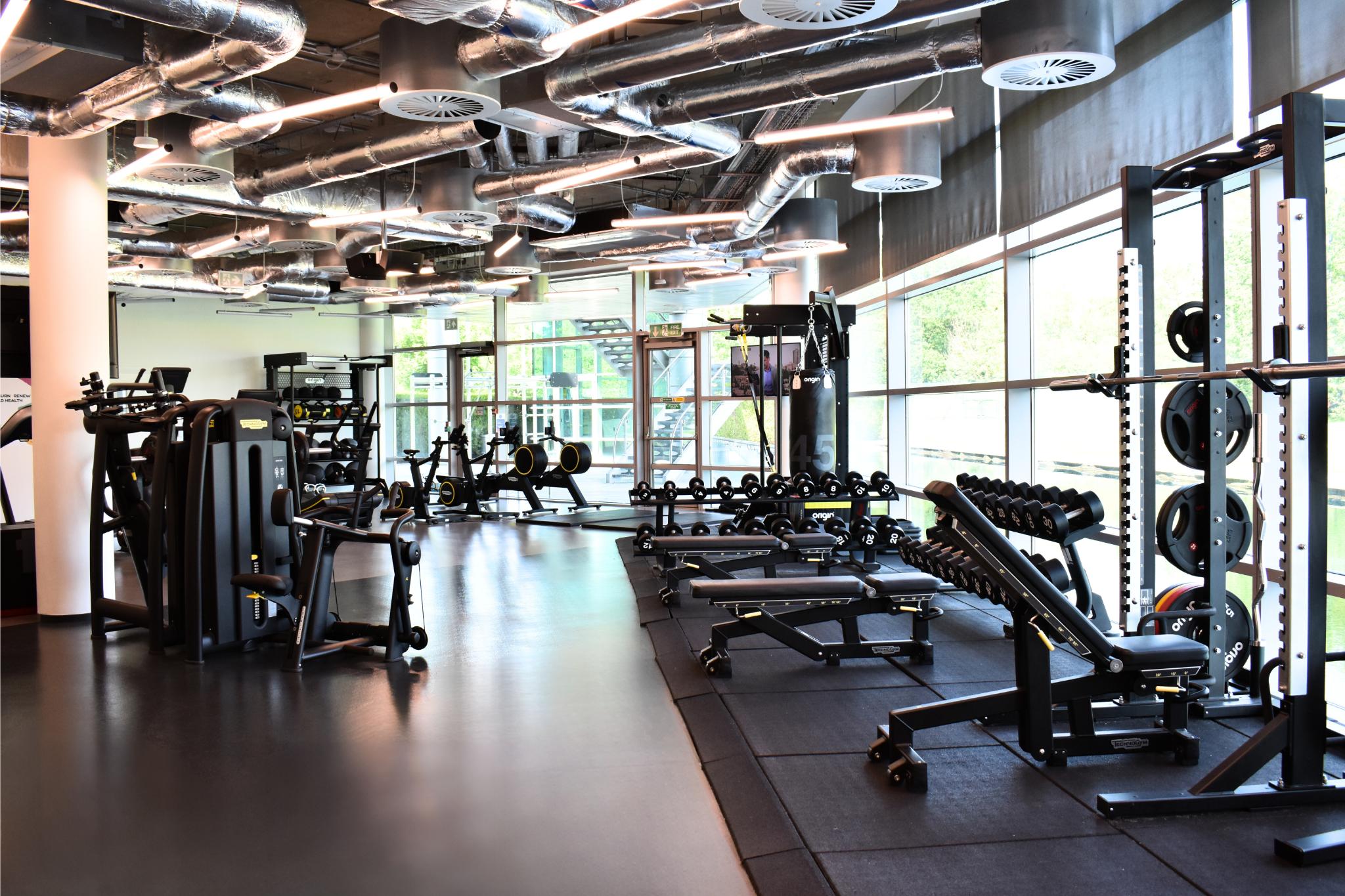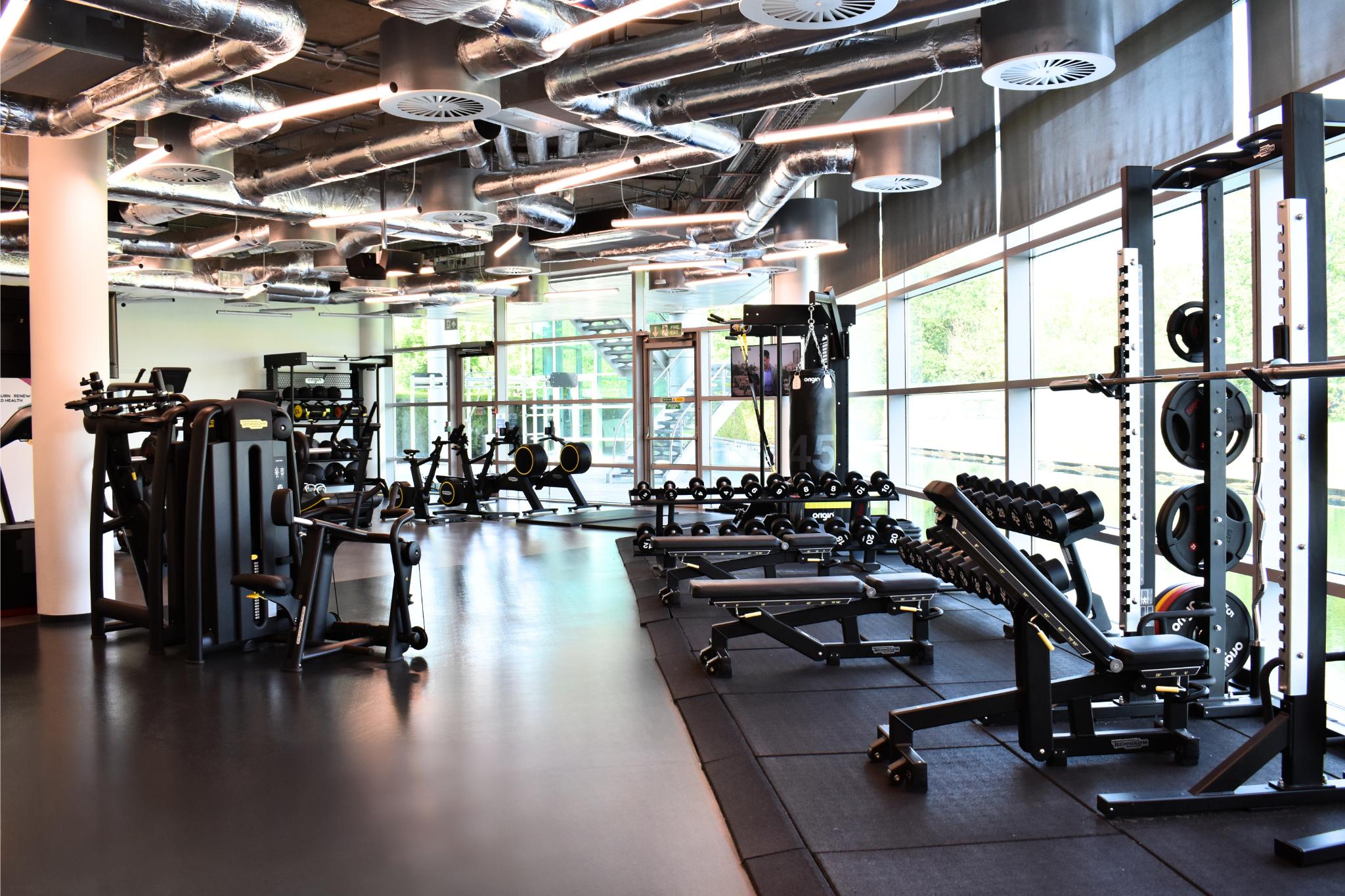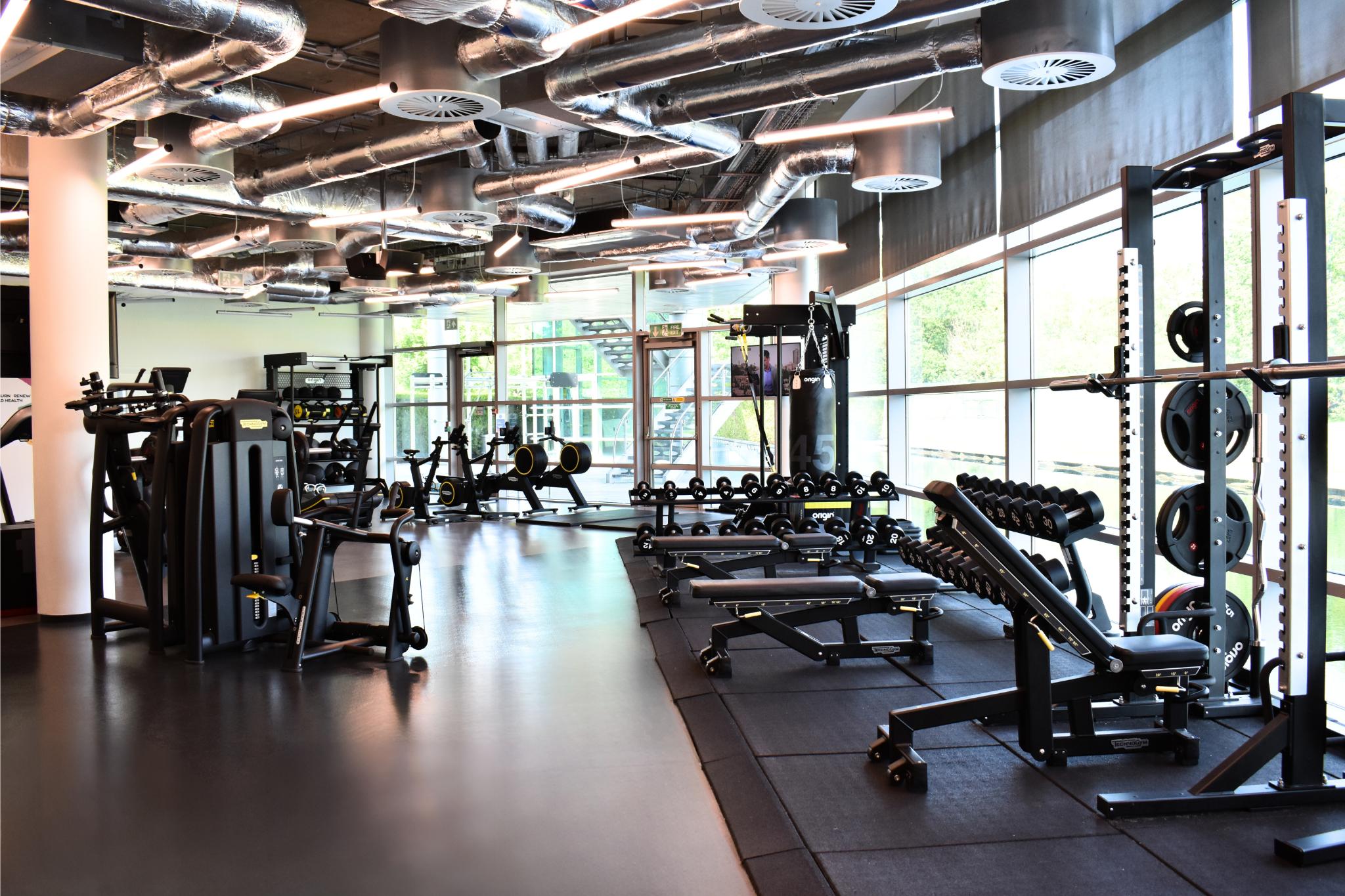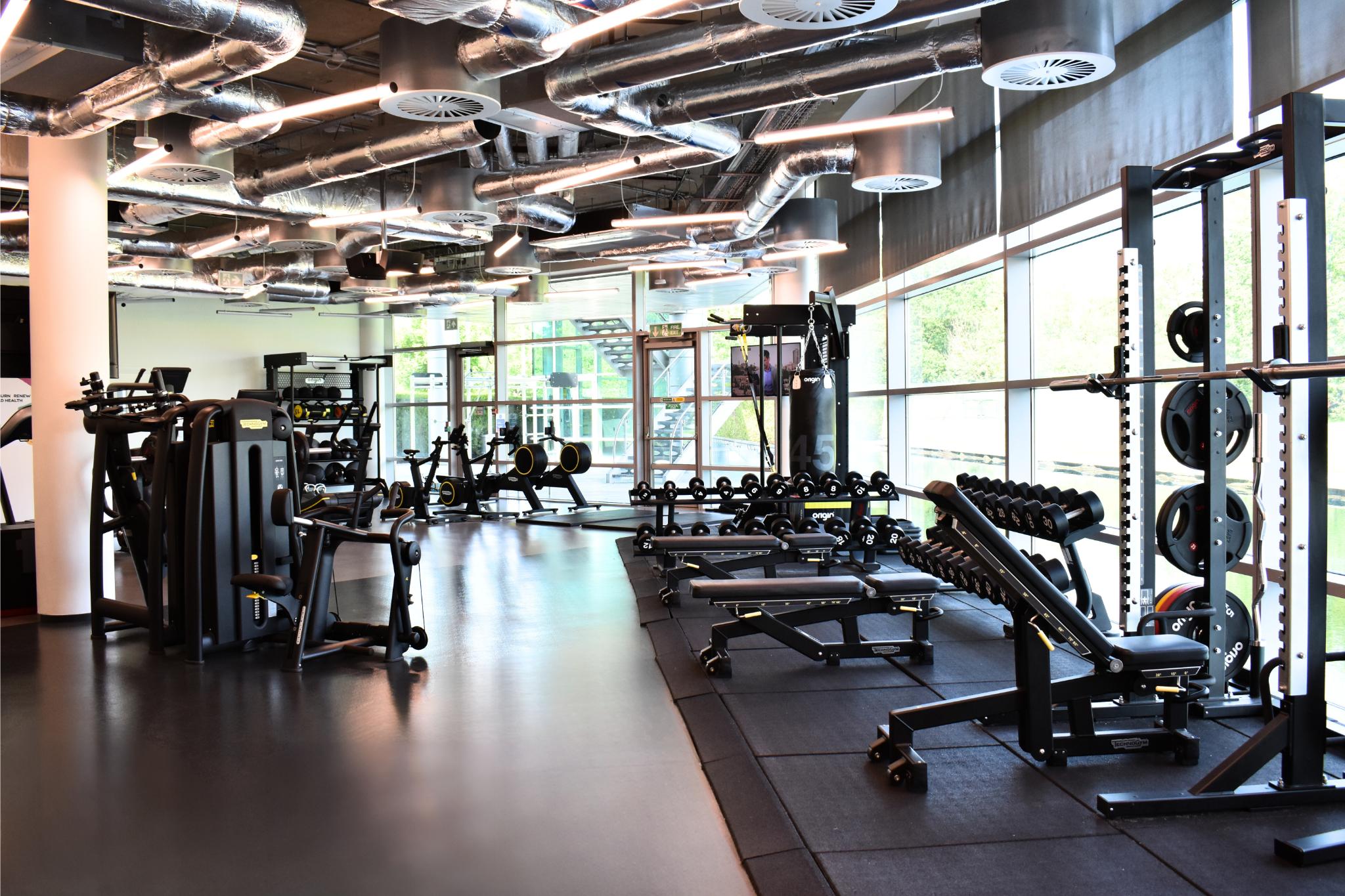Running an independent gym comes with unique challenges and risks that chain gyms and franchises may not face. From equipment malfunctions to me…
Commercial Gym Insurance: Essential Coverage for Fitness Facilities
Running a commercial gym or fitness facility comes with unique risks that standard business insurance may not adequately cover. From equipment malfunctions to member injuries, gym owners face a complex landscape of potential liabilities that require specialized insurance protection. Understanding the right coverage options is crucial for protecting your business, members, and financial future.
What is Commercial Gym Insurance?
Commercial gym insurance is a specialized insurance package designed specifically for fitness facilities, gyms, health clubs, and related businesses. Unlike standard commercial insurance, gym insurance addresses the unique risks associated with fitness equipment, member activities, personal training services, and the physical nature of gym operations.
This comprehensive coverage typically combines several insurance types into one policy, including public liability, employers' liability, professional indemnity, equipment coverage, and business interruption insurance. The goal is to provide complete protection against the wide range of risks that gym operators face daily.
Key Coverage Areas
Public Liability Insurance
This is arguably the most critical component of gym insurance. Public liability covers claims from members or visitors who suffer injuries on your premises. Whether it's a slip on a wet floor, injury from faulty equipment, or accidents in changing rooms, this coverage protects against compensation claims and legal costs.
Coverage typically includes medical expenses, legal defense costs, and compensation payments. Most policies offer coverage from £1 million to £10 million, with many gym owners opting for higher limits given the potential severity of fitness-related injuries.
Professional Indemnity Insurance
For gyms offering personal training, fitness classes, nutritional advice, or wellness consultations, professional indemnity insurance is essential. This coverage protects against claims alleging professional negligence, inadequate instruction, or advice that leads to injury or financial loss.
This is particularly important for gyms employing personal trainers, fitness instructors, or offering specialized programs like rehabilitation services or sports therapy.
Equipment Insurance
Gym equipment represents a significant investment, often worth hundreds of thousands of pounds. Equipment insurance covers repair or replacement costs for damaged, stolen, or vandalized fitness equipment. This includes everything from treadmills and weight machines to sound systems and specialized training equipment.
Coverage can extend to equipment breakdown, which is particularly valuable given the heavy usage gym equipment typically receives.
Employers' Liability Insurance
If you employ staff, employers' liability insurance is legally required in the UK. This covers claims from employees who suffer injuries or illnesses related to their work. In a gym environment, this might include injuries from moving equipment, repetitive strain injuries, or accidents during cleaning and maintenance.
Business Interruption Insurance
When your gym cannot operate due to covered incidents like fire, flood, or equipment failure, business interruption insurance covers lost income and ongoing expenses. This coverage is crucial for maintaining cash flow during closure periods and can include coverage for alternative premises if needed.
Cyber Liability Insurance
Modern gyms handle significant amounts of personal data, from membership information to payment details. Cyber liability insurance protects against data breaches, cyber attacks, and the associated costs of notification, credit monitoring, and legal defense.
Industry-Specific Risks
Equipment-Related Injuries
Gym equipment poses inherent risks, from cardiovascular machines to free weights. Even with proper maintenance and safety protocols, equipment can malfunction or be used incorrectly, leading to serious injuries. Insurance should cover both equipment failure and user error scenarios.
Slip and Fall Accidents
Gyms are high-risk environments for slip and fall accidents due to wet surfaces from showers, pools, or cleaning, as well as dropped weights or equipment. These incidents can result in significant injury claims.
Personal Training Liability
Personal trainers and fitness instructors face unique liability exposures. Inadequate supervision, inappropriate exercise prescription, or failure to recognize member limitations can lead to injuries and subsequent claims.
Changing Room and Locker Incidents
Privacy violations, theft from lockers, or injuries in changing rooms and shower facilities create additional liability exposures that require specific coverage consideration.
Swimming Pool Risks
For gyms with swimming facilities, additional risks include drowning, chemical exposure, and slip hazards around pool areas. These require specialized coverage extensions.
Factors Affecting Insurance Costs
Facility Size and Type
Larger facilities with more equipment and higher member capacity typically face higher premiums. Specialized facilities like CrossFit boxes or martial arts gyms may have different risk profiles affecting costs.
Member Demographics
Gyms serving primarily older adults or offering rehabilitation services may face different risk assessments than those serving young, healthy populations.
Safety Protocols
Comprehensive safety procedures, regular equipment maintenance, qualified staff, and proper member induction processes can help reduce premiums.
Claims History
Previous claims significantly impact future premiums. Maintaining a clean claims record through effective risk management is crucial for cost control.
Location
Urban locations with higher crime rates or areas prone to natural disasters may face higher premiums, particularly for property and theft coverage.
Risk Management Best Practices
Regular Equipment Maintenance
Implement comprehensive maintenance schedules for all equipment, with detailed records of inspections, repairs, and replacements. This documentation can be crucial for insurance claims and premium negotiations.
Staff Training and Certification
Ensure all staff, particularly personal trainers and instructors, maintain current certifications and receive ongoing safety training. Well-trained staff reduce the likelihood of incidents and claims.
Member Safety Protocols
Develop and enforce comprehensive safety protocols, including proper equipment usage instruction, emergency procedures, and incident reporting systems.
Facility Maintenance
Maintain clean, well-lit facilities with proper ventilation, non-slip surfaces, and clear emergency exits. Regular facility inspections can identify and address potential hazards before they cause incidents.
Documentation and Incident Reporting
Maintain detailed records of all incidents, no matter how minor. Proper documentation is essential for insurance claims and can help identify patterns that need addressing.
Choosing the Right Coverage
Assess Your Specific Risks
Different gym types face different risks. A basic fitness facility has different needs than a gym offering swimming, martial arts, or rehabilitation services. Conduct a thorough risk assessment to identify your specific exposures.
Consider Coverage Limits
While higher coverage limits increase premiums, the potential costs of serious injury claims can be substantial. Many gym owners find that higher limits provide better value and peace of mind.
Review Policy Exclusions
Understand what your policy doesn't cover. Common exclusions might include certain high-risk activities, pre-existing equipment damage, or specific types of professional services.
Bundle Coverage
Many insurers offer package policies that combine multiple coverage types at a discount compared to purchasing separate policies. This can provide both cost savings and simplified administration.
Working with Insurance Professionals
Given the complexity of gym insurance needs, working with brokers who specialize in fitness industry coverage is highly recommended. Specialized brokers understand the unique risks gyms face and can help identify coverage gaps that general commercial insurance might miss.
They can also assist with claims management, risk assessment, and ongoing policy reviews to ensure coverage remains adequate as your business evolves.
Regulatory Considerations
Gym operators must comply with various regulations, from health and safety requirements to data protection laws. Insurance coverage should align with these regulatory requirements, and some coverage types may be legally mandated.
Understanding the intersection between insurance coverage and regulatory compliance is crucial for comprehensive risk management.
Conclusion
Commercial gym insurance is not just a business expense—it's an essential investment in your facility's long-term viability. The fitness industry's inherent risks require specialized coverage that standard commercial policies simply cannot provide.
By understanding the various coverage options, implementing strong risk management practices, and working with knowledgeable insurance professionals, gym owners can protect their businesses, members, and financial futures. The cost of comprehensive coverage is minimal compared to the potential financial devastation of an uninsured claim.
Regular policy reviews, ongoing risk assessment, and proactive safety management will help ensure your gym insurance continues to meet your needs as your business grows and evolves. Remember, the best insurance claim is the one that never needs to be filed—but when incidents do occur, proper coverage ensures your business can continue serving your community.


 0330 127 2333
0330 127 2333
